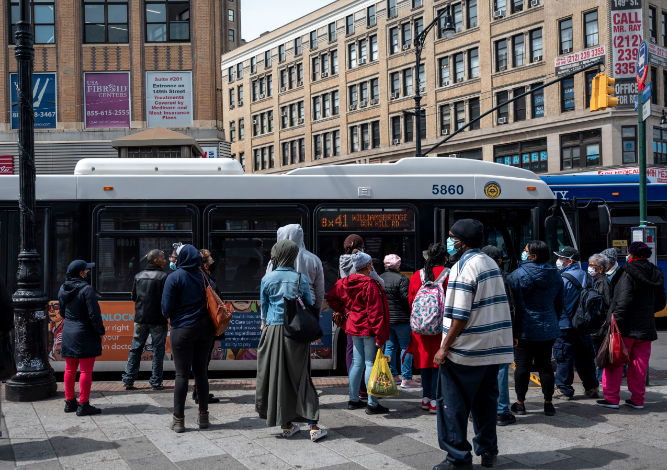Could New York City Buses Become Free for All?
Funding MTA as a vital utility could lessen the reliance on fares and boost mass transit, say some of the authority’s board members.

 This article was originally published on by THE CITY
This article was originally published on by THE CITY
As other cities experiment with fare-free transit, some MTA board members are calling on elected officials to come up with new funding sources that would allow the financially strapped agency to let New Yorkers ride buses for free.
The push comes as the Council of the District of Columbia voted last week to do away with Metrobus fares in Washington starting in July, and as Boston last year tapped into $8 million in federal pandemic relief money to eliminate fares on three Massachusetts Bay Transportation Authority bus routes through at least 2024.

Brooklyn Boro
View MoreNew York City’s most populous borough, Brooklyn, is home to nearly 2.6 million residents. If Brooklyn were an independent city it would be the fourth largest city in the United States. While Brooklyn has become the epitome of ‘cool and hip’ in recent years, for those that were born here, raised families here and improved communities over the years, Brooklyn has never been ‘uncool’.